Home › Singapore Buzz › Not Just Smoke and Mirrors: What Teens Are Really Vaping These Days
Home › Singapore Buzz › Not Just Smoke and Mirrors: What Teens Are Really Vaping These Days
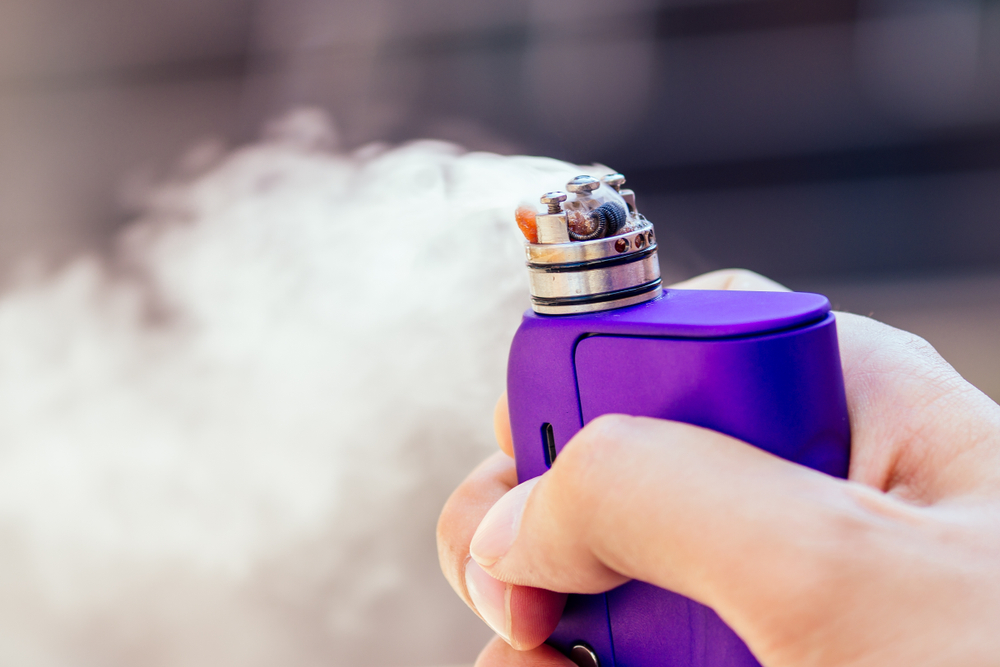
Sleek, flavoured, and easy to hide, vapes are more dangerous than ever — especially with the rise of drug-laced variants like Kpods. Here’s what Singaporean parents need to know.
From primary school kids to tertiary students, more youths in Singapore are being caught with compact, candy-scented vaping devices designed to appear harmless. But the dangers run deep. A disturbing variant known as Kpods has emerged, containing harmful drugs like etomidate or ketamine that can cause hallucinations, hormonal damage, and, in severe cases, seizures, coma, or even death.
If you’re a parent, here’s what you need to know — and how to protect the young people in your care.
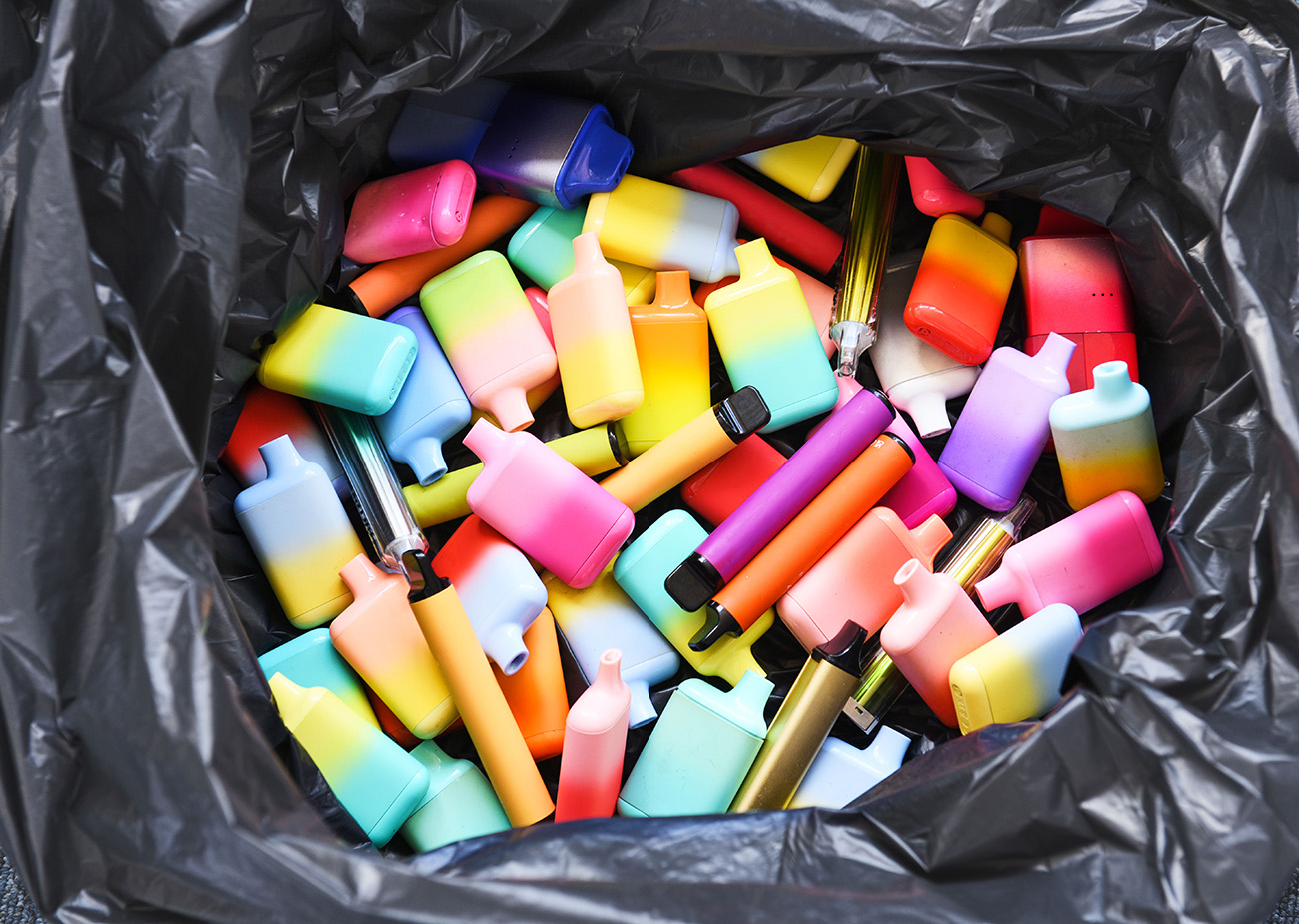
Today’s vapes are designed to deceive. Modern devices are cleverly disguised as everyday items like USB drives, highlighters, glue sticks, or wearable accessories. Beneath these innocent-looking exteriors lie battery-powered tools with refillable pods containing liquid nicotine, flavourings, and — increasingly — illicit drugs. When heated, this liquid turns into vapour for inhalation. Their discreet design not only hides them in plain sight but also masks the tell-tale odour associated with traditional smoking.
There are telling signs that may indicate a vape is disguised as a harmless object:
Also look out for:
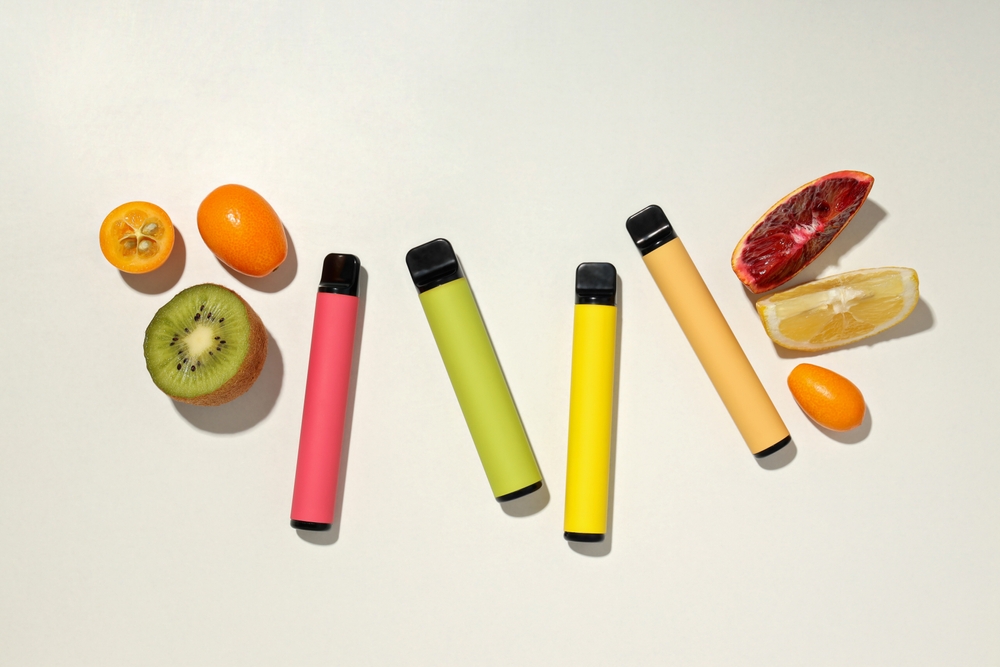
Many teens are drawn to vapes by their flavours. Often produced by unregulated overseas manufacturers, they come in colourful packaging with sweet flavours, which not only make vaping more appealing, but also mask the presence of harmful substances.
The sweet aroma belies the toxic cocktail of chemicals lurking inside. Vape liquids contain cancer-causing agents, metal nanoparticles, and chemicals like vitamin E acetate, which have been linked to serious lung and heart conditions.
Despite being banned in Singapore, vape pods continue to be smuggled in vehicles, sold through peer networks, chat apps, and even exchanged in public. In one recent case, two teenagers were caught trying to pressure a Primary 4 student into buying a vape — a troubling sign of how early exposure can begin.
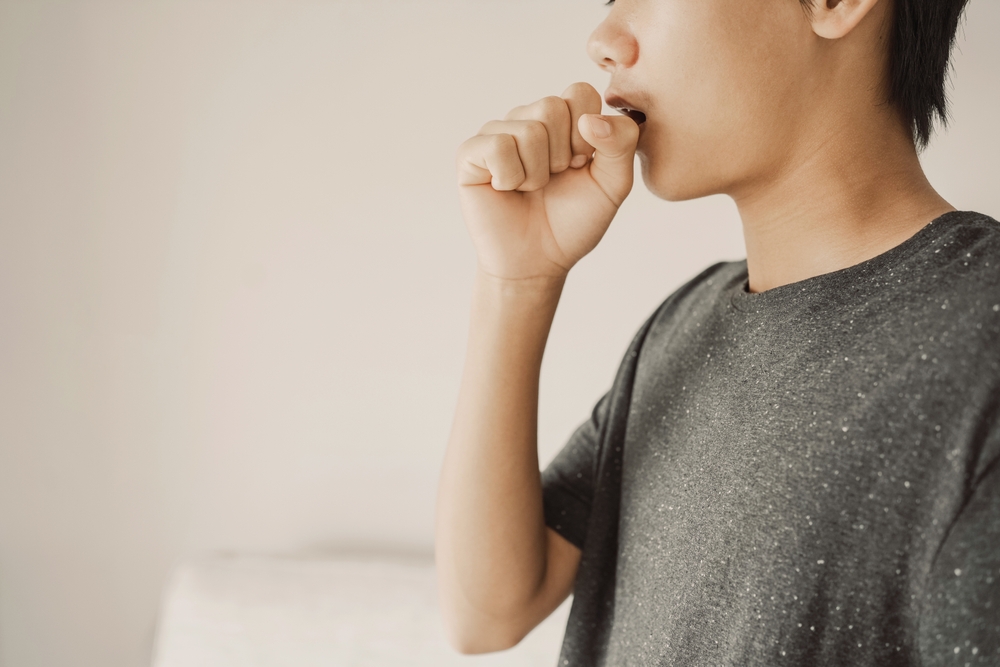
Kpods — also called “space oil” or “zombie vapes” — contain etomidate, a recently classified Class C controlled drug that can trigger anxiety, agitation, and hallucinations. Some Kpods seized in Singapore have also been found to contain ketamine, a Class B controlled drug. Prolonged use of vapes may result in hormonal disruption, seizures, coma, or even death.
The danger is real: Health Minister Ong Ye Kung revealed that 1 in 3 vapes seized locally contained etomidate. In response, the Ministry of Education has instructed all primary and secondary schools to brief students on the dangers of Kpods, as part of the broader effort to curb youth vaping.
| Myth | Reality |
| “It’s just water vapour.” | Vapes contain chemicals like vitamin E acetate and particulate matter linked to lung illness |
| “It’s safer than smoking.” | The World Health Organisation confirms vapes contain toxic substances that cause cancer and other health issues |
| “It’s legal if I buy it overseas.” | Vapes are illegal in Singapore. Possession, purchase, or use can result in a fine of up to $2,000 |
| “Only nicotine vapes are addictive.” | Kpods containing etomidate or ketamine are highly addictive and dangerous |
| “I can tell if my teen is vaping.” | Vape odours fade quickly, making detection difficult without visual cues or behavioural changes |
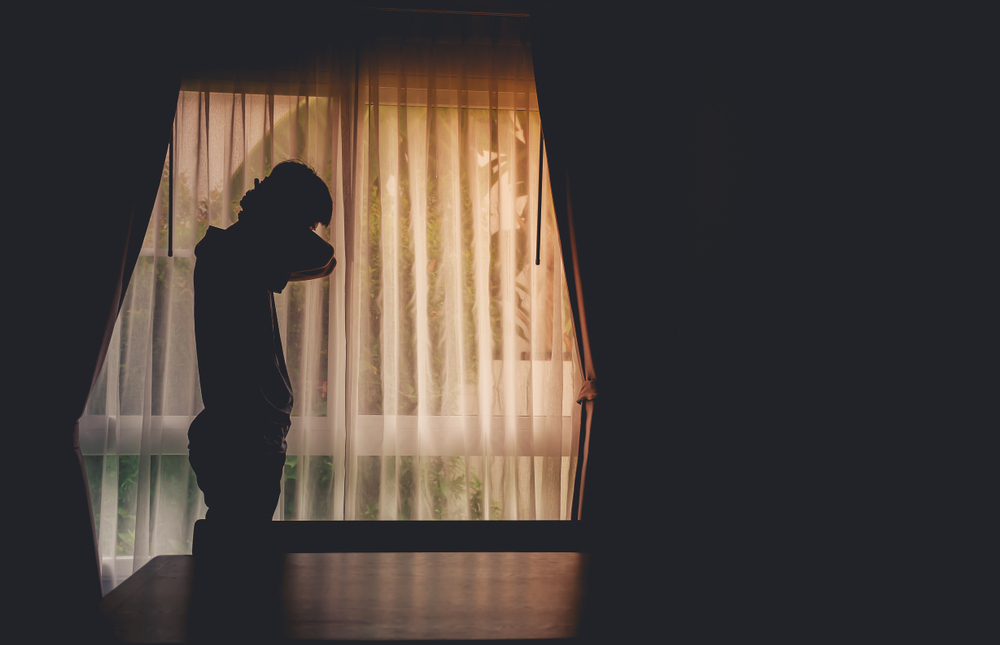
Vaping among youth is not only increasingly common, but also alarmingly discreet. Some students hide their devices in shoes or undergarments, while others coordinate toilet breaks to avoid detection. Since vape vapour doesn’t cling to clothes, many walk out of toilet cubicles without raising suspicion.
It’s happening at home too. In one case, a teen was vaping in her room while her mother, just a wall away, remained completely unaware.
So why do teens still vape despite strict school rules and awareness campaigns? Social media plays a big role — influencers blowing smoke rings or showing off sleek devices glamorise the habit. The sugary flavours make it even more appealing.
For others, especially those dealing with stress, anxiety, or depression, vaping starts as a coping mechanism — but quickly spirals into dependence and addiction.
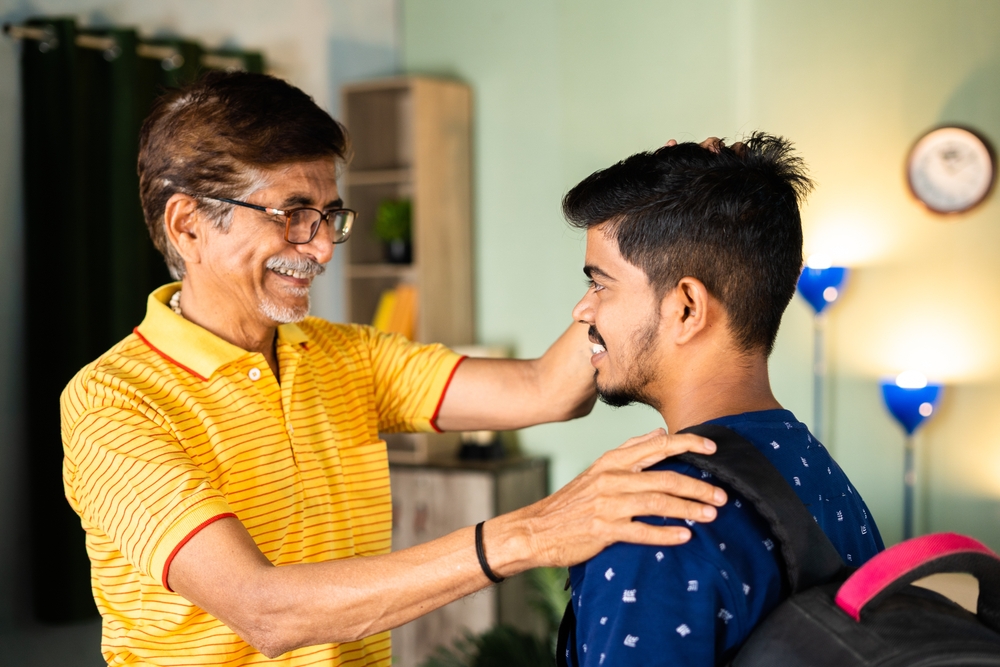
Dealing with teen vaping requires vigilance, empathy, and open communication. Start by staying informed and looking out for warning signs such as:
The Health Promotion Board advises having calm, non-judgemental conversations with your teens. Ask how they’re feeling and offer healthier ways to cope like exercise, journalling, music, or creative hobbies.
If their friends vape, help them rehearse how to say no. Role-playing real scenarios can build confidence in resisting peer pressure.
Most importantly, make it clear that vaping is illegal in Singapore — and Kpods aren’t just vapes, but drug-laced devices with serious legal and health risks.
If you suspect your child is using vapes or Kpods, encourage them to dispose of these items at designated vape bins across Singapore. For added support, reach out to agencies like the National Addictions Management Service. Disposing of the device is just the beginning — recovery is possible with the right help.
Here are resources where you or someone you know can get support to quit the habit:
Singapore Anti-Narcotics Association (SANA) Step-Up Centre (6732 1122):
WE CARE Community Services (3165 8017 / WhatsApp 8391 3023):
I Quit Programme by the Health Promotion Board (1800 438 2000):
National Addiction Management Services (6389 2200):
Like our stories? Subscribe to our Frontline Digital newsletters now! Simply download the HomeTeamNS Mobile App and update your communication preference to ‘Receive Digital Frontline Magazine’, through the App Settings.





